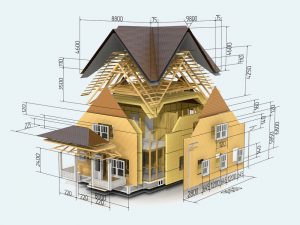A model that is built according to the right protocol will provide the project management team with important insights regarding the execution of the project on the site. The right model will be able to give the management team an exact position of the structure / infrastructure within the designated site, and enable planning for the construction of an exact site that matches the future to be built. This adjustment includes the planning of loading and unloading areas according to the stages of the project, the deployment of cranes on the model, and based on the rate of progress, maximizing the positioning of the equipment, raising it, planning the radius of rotation and more.
The built-in model will be able to connect to the project’s timetables, thereby giving the project manager an additional tool to monitor progress and enable close monitoring of planning versus implementation.
During the implementation phase of project management, we often witness delays on the site, resulting from a lack of understanding of the planner’s intention, or lack of understanding of a particular detail, whether it is lacking information or due to lack of reading comprehension. In the traditional method, the designer is asked for a more detailed explanation or clarification. Sometimes it takes too long for a response from the designer to come, which creates a delay that is often significant.
The BIM model, based on a correct protocol, solves this problem by making all the information available and accessible to the model observer. The model enables observation from different directions, as well as making physical and informed cuts for full understanding.






 In the implementation phase, we often witness differences of opinion regarding the approval of the stages of implementation, such as disagreements over the scope of the implementation, stages, quantities and more. The BIM model, built according to the correct protocol, is able to give full answers to all these differences of opinion.
In the implementation phase, we often witness differences of opinion regarding the approval of the stages of implementation, such as disagreements over the scope of the implementation, stages, quantities and more. The BIM model, built according to the correct protocol, is able to give full answers to all these differences of opinion.